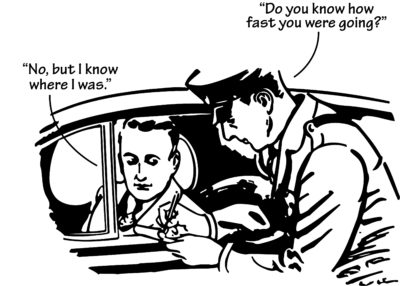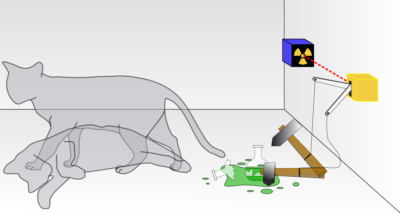There’s an old joke about Werner Heisenberg, a German theoretical physicist and one of the key pioneers of quantum mechanics. Werner is pulled over for speeding. “Do you know how fast you were going?” the officer asked. “No, but I know where I was,” replied Heisenberg.

Might architecture have some analogs to quantum physics? Where most of us would build a first floor with planks of wood, the first floor of Quantum Physics is built on Planck’s Law (1900), for which Max received the Nobel Prize in 1918.
Plank’s Constant – remember that? Yeah, neither do I.

Nevertheless, Heisenberg said you can know location or momentum, but not both at the same time. Now do you get the joke? He also said the observer affects the observed. I think his buddy Schrodinger’s cat had something to do with that. He called this property of Quantum Physics, (the impossibility of complete knowledge about something), the “Uncertainty Principle.”
That, in a nutshell, is what architecture can be like.
As a designer, have you ever been deep into a design problem, looking for a creative solution? You can draw upon all your experience, a resource wherein you have accumulated a vast catalog of designs far ranging, and yet that library doesn’t seem to daylight the current problem. You know where you’ve been. But where are you going?
The Uncertainty Principle!
That’s usually when the Managing Partner walks up, looks over your shoulder, and asks, “Do you know what you are doing?” “Well, I know where I’ve been.” Then I pull out the rejected sketches and ideas, the “almosts” and “not quites”.
The Uncertainty Principle!
All those rejected sketches and ideas might seem failures. But, they are not. I might do 10, or 20, or even more sketches until I get it right. Each failure informs the next step, and each step builds upon the previous. Failure drives design much like it does the scientific method. Science’s successes are built on a gigantic foundation of failures.
So it goes for architecture.
Ultimately, each successful design is both good and bad at the same time. As soon as you look at it through the lens of your own personal experiences and expectations, the design gets locked down. It’s good, or it’s bad. It’s alive, or it’s dead. The potential for both always exists.
